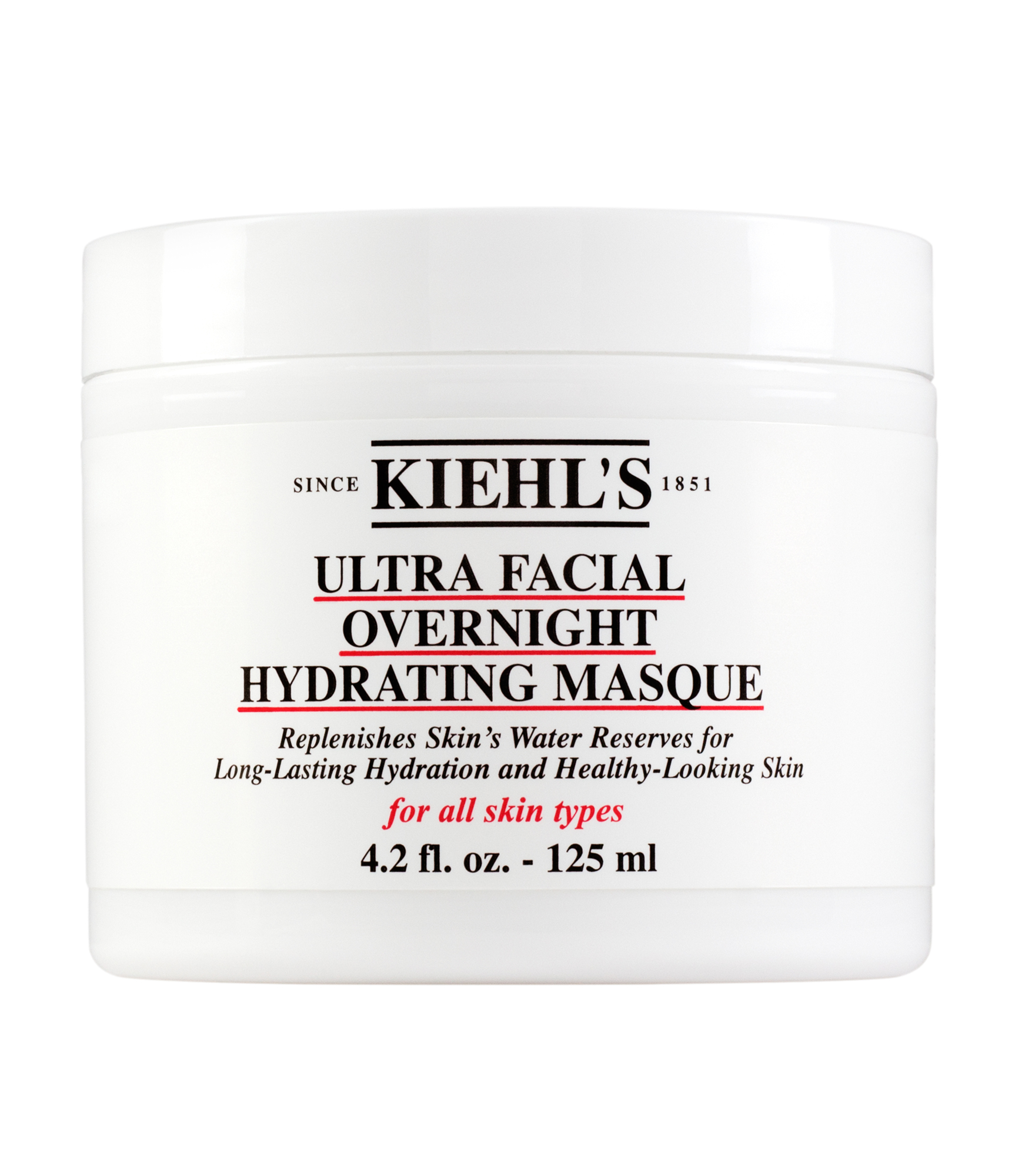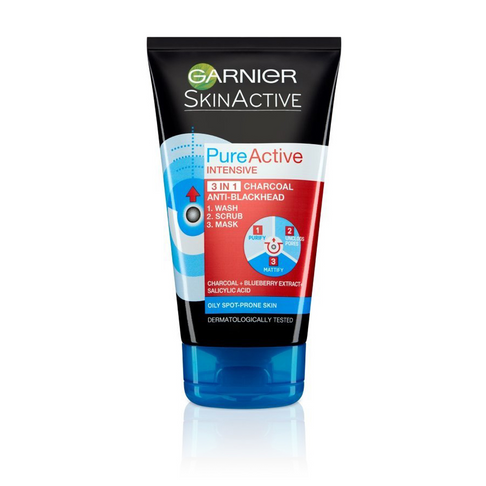Not all of us are born with amazingly flawless skin. Going the extra mile to use products that will keep your skin looking its best for years to come is key. Part of my skin regimen includes using a face mask at least twice a week. However, all facial masks are not created equal, and choosing the right one to suit your needs is key. Keep reading to learn which is the best type of face mask is best for your skin.
Types of Face Masks
Clay
Clay helps to absorb oils and control shine.
If you have oily or acne-prone skin, you may already be very familiar with clay masks. Clay is popular for these skin types for good reason. It helps to draw out the impurities as well as absorb excess oils that are on the surface of the skin. Additionally, it helps reduce excess shine and kiss your clogged pores goodbye.
Certain types of clays are great for hydrating dry skin.
Even if you don’t struggle with pimples, clay can still offer a detoxifying experience. In some cases, clay masks can even hydrate your skin—which is essential if you’re dealing with dryness, since clay’s ability to absorb oil can actually exacerbate dryness. “Look for those that are more hydrating and containing hydrating ingredients such as glycerin and sodium hyaluronate,” suggests Konish.
Follow up a clay mask with your usual skin care regimen.
After you mask (or, if you’re game, multi-mask), I recommend following through with your usual skin care regimen, which should consist of cleansing followed by serum followed by moisturizer. If you have oily or acne-prone skin, try using a moisturizer with salicylic acid, which can help control acne all day or night.
Not all clays are created equal.
According to Konish, they may vary in their composition of minerals, such as silicon oxide, aluminum oxide, potassium oxide and calcium oxide, as well as in their physical structures. Here’s how three of the most common types of skin-beneficial clays stack up:
Green Clay: It’s one of the most common clay types out there and contains the highest mineral content.
Red Clay: This is a kaolin-type clay, containing more silicate than other clays.
White Clay: Though it’s less absorbent than others, this characteristic makes it ideal for those with sensitive skin. Find it in SkinCeuticals Clarifying Clay Masque, which pairs it with a blend of nourishing botanical oils.
| Shea Moisture African Black Soap Clarifying Mud Mask |
Lee Stafford Sea Salt Mud Mask Tub |
Mud
What Is a Mud Mask?
A mud mask, like any facial mask, is a supplementary skincare option that is applied topically to the surface of the skin. Mud masks are known for their healing abilities, as well as the fresh and clean feeling the skin is often left with after using one. Unlike clay or cream masks, mud masks can sometimes be messy or runny due to their watery component, but they work to provide countless benefits to the skin and body, treating everything from acne symptoms to cellulite.What Are the Benefits?
Mud masks work to purify, detox and exfoliate naturally thanks to their wealth of nutrients and minerals. When formulated with mud from the Dead Sea, mud masks are able to treat symptoms of acne and eczema with the power of salt, magnesium, potassium, and calcium. The appearance of fine lines, wrinkles and pores can be lessened over time with the help of a mud mask, which pulls harmful toxins from the skin's cells, revealing a healthier and softer complexion.Mud masks are also believed to reduce hair loss by stimulating the function of hair follicles and have been known to treat knee pain by improving circulation when applied to sore areas in a compress. They can also be beneficial in reducing the appearance of cellulite.
How Do They Exfoliate?
Similar to clay masks, which are often made of kaolin or bentonite clay or charcoal, mud masks exfoliate by tightening as they dry, allowing dead skin cells to stick to the surface of the mask. The dead skin is then washed or wiped away upon removal of the mask. This is often less irritating to the skin than using exfoliants made from synthetic beads or a scrub formula – or chemical exfoliants, which include glycolic and salicylic acid, to name a few.In addition to exfoliating, mud masks work to hydrate, which is especially important for anyone with oily or acne-prone skin. Hydration prevents further over-production of oil to make up for what was just lost. When too much oil is produced, pores can become clogged and lead to acne symptoms such as pimples, blackheads, and cysts.
 |
| dr.dermal Total Rejuvenation Facial Mask |
Use code "GOOD2018 " - to receive a 5% discount and free shipping on drdermal.com
| Garnier SkinActive Moisture Bomb Tissue Mask |
Sheet
What Are the Benefits?
The cotton sheets are doused in a serum-based formula and then placed on top of the skin so they won’t exfoliate or cleanse deeply. However, most are packed full of vitamins, amino acids, and minerals—so they do come with their own set of benefits (more on that in a sec). They also won’t dry out the skin like a clay mask formula often does.They're best at hydrating. Other benefits...not so much
These liquid-based formulas come in many variations that claim different results—lifting, preventing acne, hiding fine lines—but I would only count on them for hydration, which is more than half the battle with aging skin.
They're not always great for people with acne
The occlusion (sealing of the skin) that happens with sheet masks can increase the temperature of your skin, from an average of 32 to 37 degrees celsius. That's not ideal if you are prone to breakouts. Increasing the temperature can increase the bacteria count on the surface of the skin, causing acne. Certain ingredients in some masks (like eggs or coconut oil) might also clog your pores.If you have acne-prone or oily skin, I suggest testing the mask on a section of your face, preferably the side of your cheek. Check for new blemishes the next day before proceeding with a full mask. And look for ingredients that are better suited for your skin's needs, like redness-reducing aloe vera or oil-absorbing charcoal.
 |
| Kiehl's Ultra Facial Overnight Hydrating Masque |
Cream
What Does It Do and Who Is It For?
Normal to dry skin types will benefit from a cream mask, which is rich in oils and moisturizers that penetrate deeply and replenish dry cells. Masks that contain hyaluronic acid have the added benefit of attracting and binding moisture to plump up flat skin cells, while algae extracts will help tighten and firm the skin up. |
| Garnier PureActive Intensive 3 in 1 Charcoal |
 |
| dermalogica Charcoal Rescue Masque |
Charcoal
The charcoal first draws bacteria, toxins, chemicals, dirt, oil, and other micro-particles to the surface of the skin. It then absorbs those foreign substances and carries them away when you rinse the charcoal off your face.Unlike other masks, with charcoal face masks, you don’t wash them off, you rip them off. This can be painful and weirdly satisfying to see little hairs and gunk removed from your face.




0 comments
Leave a comment and show some love!